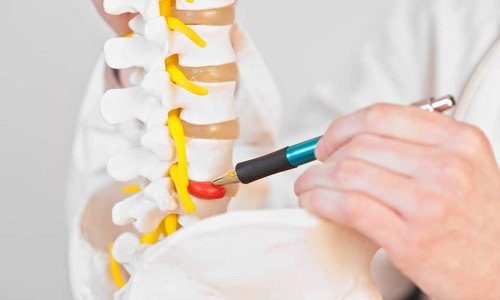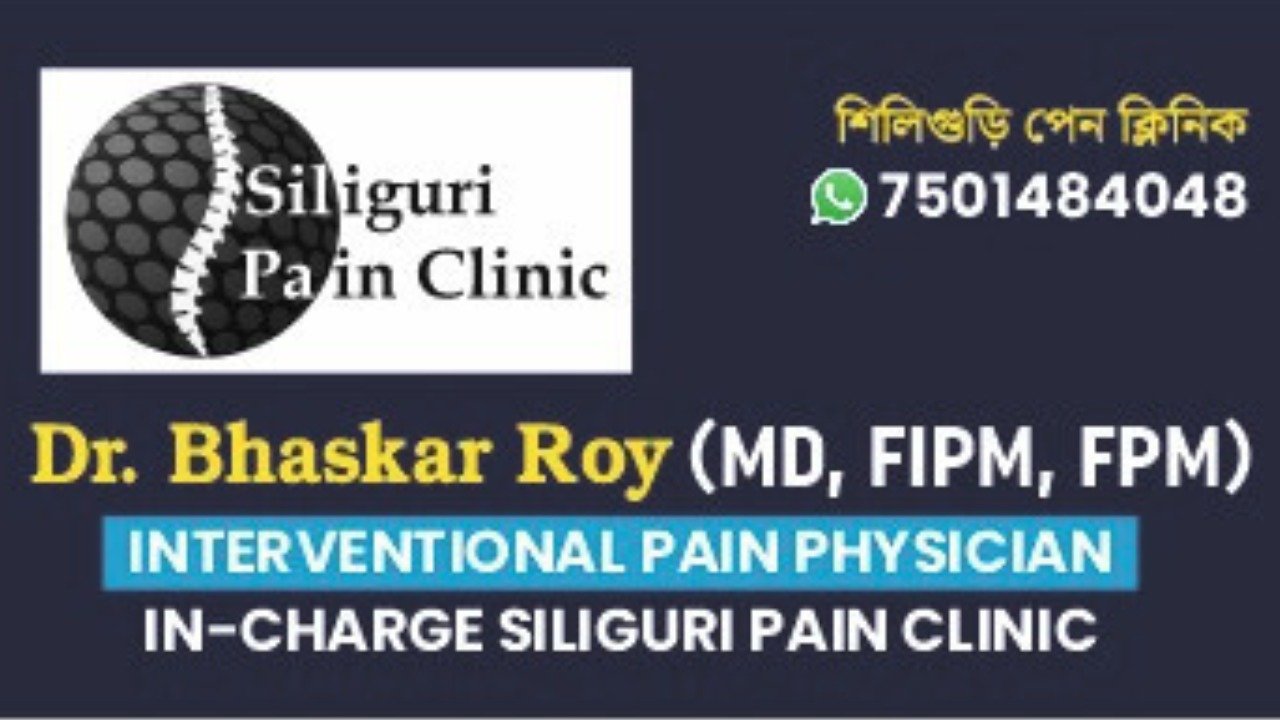Slipped Disc
What Is Slipped Disc?
When dealing with a prolapsed disc, commonly referred to as a slipped disc, it's important to note that the disc itself doesn't actually slip. Instead, part of the inner, softer nucleus pulposus protrudes or herniates through a weakened area in the outer disc. This herniation, also known as a bulging disc, can exert pressure on nearby structures such as spinal nerves, leading to inflammation in the surrounding area.
Prolapsed discs can occur in any part of the spine, but they most frequently affect the lumbar region, or lower back. The severity of symptoms typically correlates with the size of the prolapse, with larger herniations often resulting in more pronounced discomfort and functional impairment.

What Are The Symptoms Of A Slipped Disc?
lower back pain.
numbness or tingling in your shoulders, back, arms, hands, legs or feet.
neck pain.
problems bending or straightening your back.
muscle weakness.
pain in the buttocks, hips or legs if the disc is pressing on the sciatic nerve (sciatica)
Treatment Of Slipped Disc.
Stay Active: Exercise and Persevere : Exercise and keep going: Stay active and continue with normal activities whenever possible, even if initially limited by pain. Gradually reintroduce movement and avoid activities that cause significant discomfort, but be prepared to tolerate some discomfort as you aim to stay active and maintain mobility.
Stay Active: Exercise and Persevere : Exercise and keep going: Stay active and continue with normal activities whenever possible, even if initially limited by pain. Gradually reintroduce movement and avoid activities that cause significant discomfort, but be prepared to tolerate some discomfort as you aim to stay active and maintain mobility.
Medication : Take painkillers regularly for consistent relief, preferably under a doctor's guidance. Options include paracetamol, anti-inflammatory drugs like ibuprofen (with caution for certain conditions), and stronger painkillers like codeine (avoiding constipation risks with plenty of fluids and fiber). Muscle relaxants like diazepam may be prescribed cautiously for tense muscles. Always consult a doctor before starting any medication regimen.
Spinal Injections : Spinal injections target nerve root openings to reduce inflammation, swelling, and associated symptoms like pain, tingling, and numbness.
Ozone Discectomy (Ozonucleolysis) : Ozone Discectomy (Ozonucleolysis) involves injecting an ozone-oxygen mixture into the disc to treat back and leg pain (sciatica) from disc prolapse. International studies support its efficacy and superiority over traditional disc surgery.
Radiofrequency Ablation : Radiofrequency Ablation (RFA) is a safe, effective procedure for chronic low-back pain, utilizing radio waves to heat nerve tissue and reduce pain signals. It's well-tolerated with minimal complications, offering relief for various forms of pain.
Surgery : Surgery aims to remove the prolapsed part of the disc to alleviate symptoms, but success isn't guaranteed, and all surgeries carry risks. Consultation with a qualified doctor is essential to weigh the pros and cons of surgery.
How you get a slipped disc
A slipped disc can happen because of:
-
ageing
-
exercising too hard
-
lifting heavy objects the wrong way
-
sitting down or driving for long periods of time
-
being inactive or overweight
